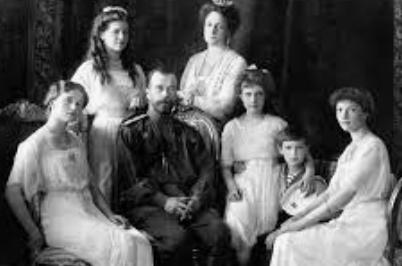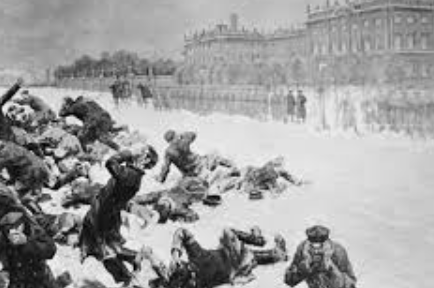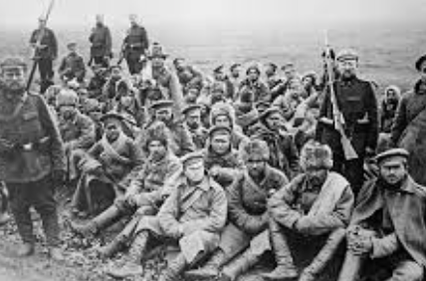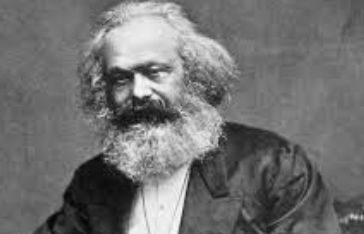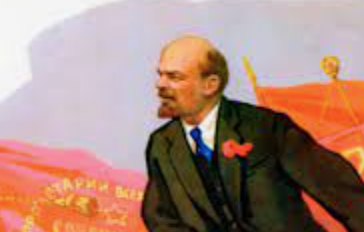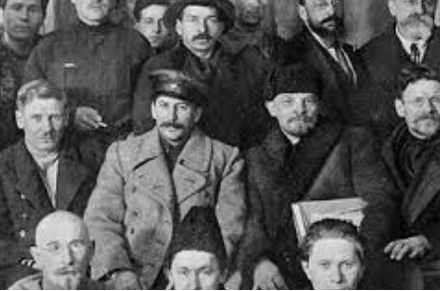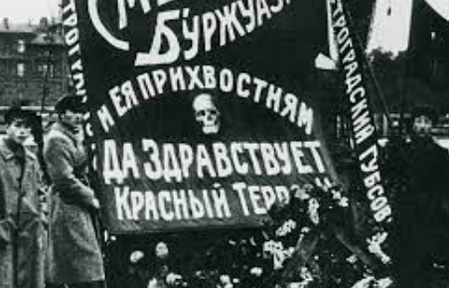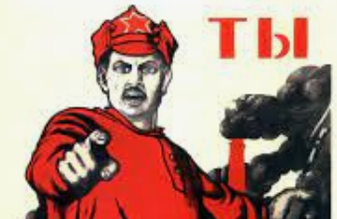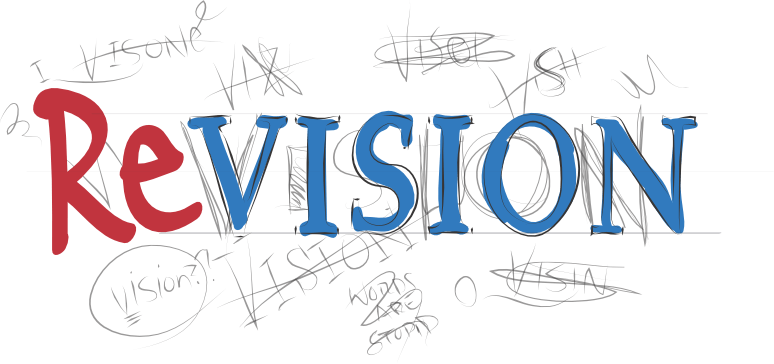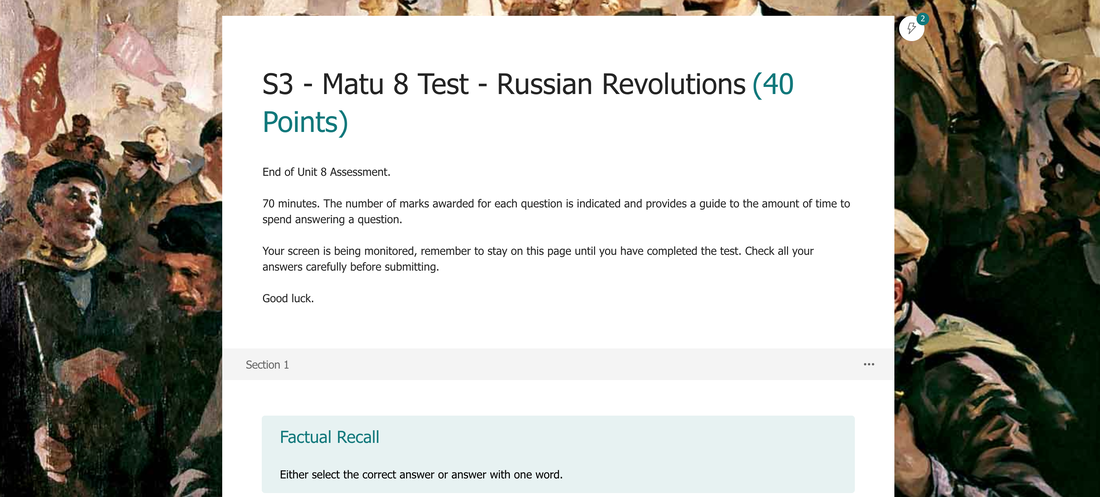Matu syllabus reference - Révolutions russes : identifier les deux Révolutions de 1917 comme tentatives de résoudre les contradictions de la société russe et montrer leurs aspirations et leurs dérapages ; inscrire la Révolution bolchévique dans le contexte international. NB. Révolution industrielle et contestation sociale : faire une étude comparative des théories communistes de Karl Marx et des mouvements présocialistes. Matu syllabus
|
This unit features in the IB DP syllabus as Topic 10. Authoritarian States. It is the first of two topics which are central to our coverage for the essay paper 2.
Students who wish to be considered for the Moser Double Diploma will be encouraged to complete additional assignments in this unit beginning with the additional lessons on this page. |
Revision
|
A4 Revision essentials is a printable but not editable A4 sheet with the absolute essentials to hopefully help you pass the Matu.
'Six like Sydney' is from the notes of a very successful former student. These are often more detailed than the website and might be edited to create your own notes. |
Matu 8 - End of Unit Test - Wednesday 17th April.
As in the previous test (Matu 7) there will be four questions in the style of an IBDP history Paper 1 and this time will be focused on one of the following questions:
As in the previous test (Matu 7) there will be four questions in the style of an IBDP history Paper 1 and this time will be focused on one of the following questions:
The importance of question 4.
|
Remember this is a debatable sythesis question. It is a synthesis question because you have to synthesise the sources you are given (not necessarily all of the sources but at least two) with what you know in advance. You should treat this like an essay. You should identify the big points (factors) that will form the first sentences of your paragraphs, explain these points and provide evidence from the sources you are given (make this clear by referring to the letter of source) and your own knowledge. Also remember to produce a brief introduction - which establishes your response to the question and what big points you are going to make - and a conclusion.
The level descriptors of the left show how you will be assessed. Note the importance of including both information from the sources and your own knowledge. |
In common with previous tests there will also be a quick 16 factual questions taken from the quiz below.
Click on the link to access the test.


